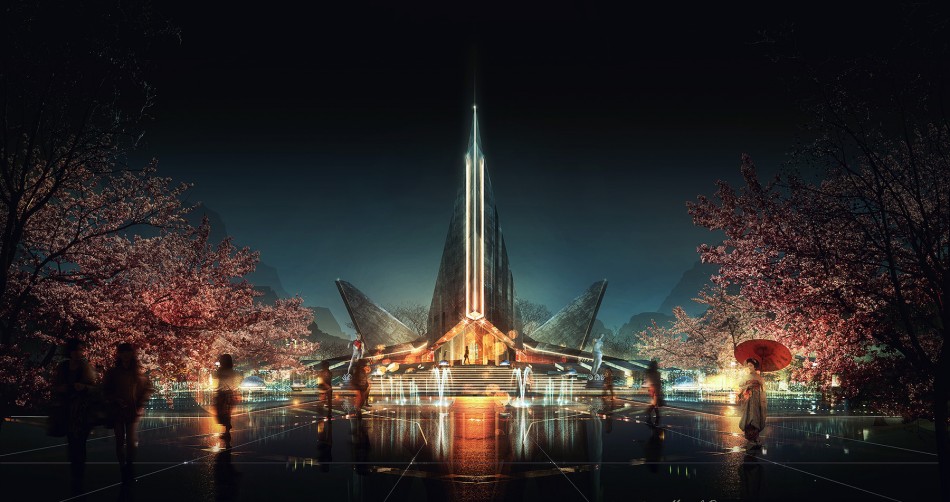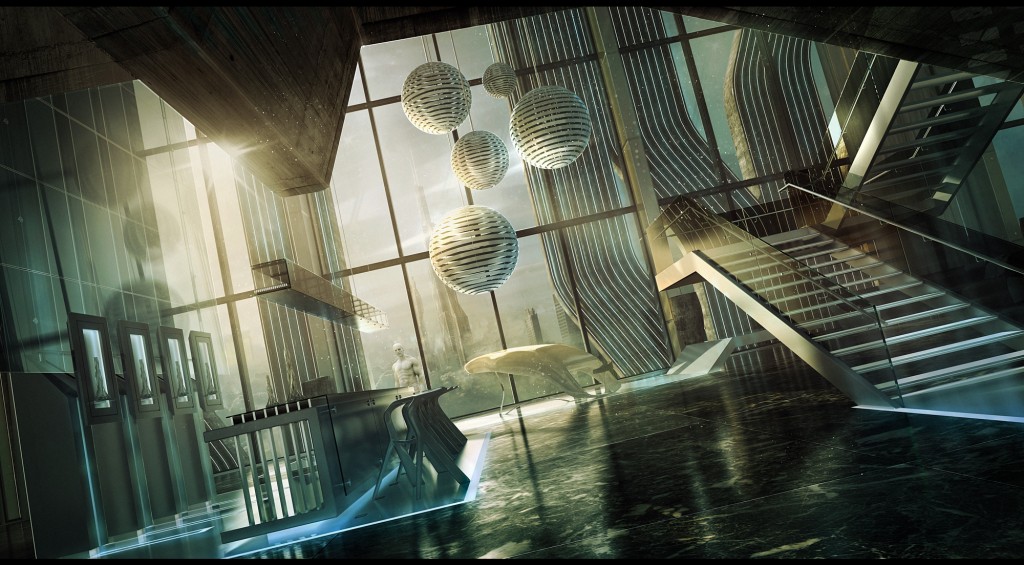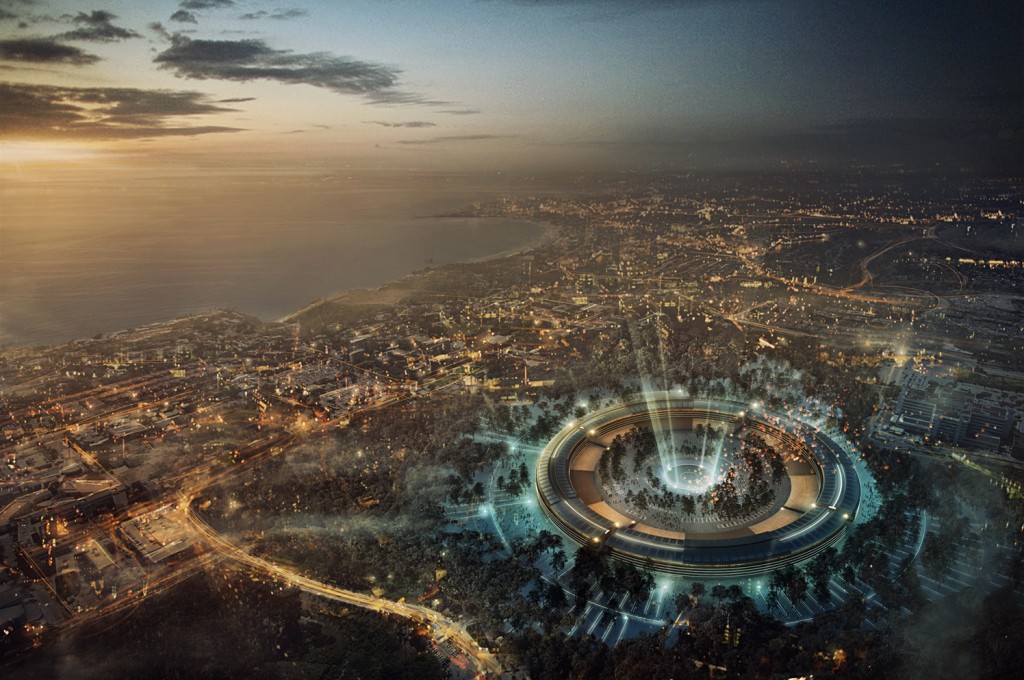The famous Russian filmmaker, Andrei Tarkovsky, once said that, quote, “nothing serious can be created without basing itself in tradition”. What is you tradition?
Interesting question, not sure how to interpret it, but assuming it relates to the old proverb which I can’t seem to remember from who or exactly how it is written – you are your experience / context and your habits define who you are. Interestingly enough just finished a simple easy book called Daily Rituals, which in a very simplistic and brief form elaborates on the daily habits of artists, scientists, presidents and other interesting personalities. It is interesting to see a connecting line between all these amazing people, and from various contexts – times – eras they share common lines within their habits.
A question that is quite introspective, not sure how much within reason I will be, but let’s take a crack at it.
My traditions are varied, be it work or personal, I don’t really distinguish between the two, I think when you are whole with both and take elements of both into the mix there is where you create your greatest work (not to be confused with space and time disconnect between work, which I agree is very important). I’m a very outgoing person, contrary to popular belief I’m not a fan of being on the computer, it is a means to an end and I’ve learnt to embrace it as such. I’ve lived between various countries (Australia, Portugal, UK) at various and alternated times in my life, which I think gives me the experience to not hold onto preconceived notions or ideas. I accept that nothing is a 100% right or wrong, there are two sides to every story and that beauty can be found in anything any part of the world at anytime. It is most common that in my relax time, my brain wonders off to some distant realm, where certain concepts out of nowhere appear, most times related to the jobs at hand, a magical solution that we had been working at for some time and that suddenly resolved itself whilst the brain was in its deepest furthermost point from work.
My tradition also leads me to believe that “bored” is a word invented by the lazy, people who live life through a “buzz fed” world of sirens, mobile phone beeps and popping windows. When you are at peace with yourself and gain calmness you learn to understand that learning a new skill or mastering something takes years, you will always have new “tricks” to learn, but for those you must master the essentials, like chess, you learn with 3 pieces on the board, which give you limited variations and possibilities, this is where the true learning happens – oops we’ve gone off topic.
As artists – humans we are cumulative beings and our traditions make up for a big part of who we are, through further learning and investigation we use the old to create the new, bases are everything.
It’s interesting that you are mentioning the context as a factor. Let’s elaborate on this a bit. Indeed, some of the most compelling works of art in history are recognised as masterpieces exactly because of their creators’ defiance of some historical, cultural, political, personal circumstances, i.e. by challenging the status quo. This had led in many cases to breaking the visual conventions. London is said to be a melting pot for people and ideas from all over the world but it appears to me that as soon as you enter the system to denounce its commercialism, you are automatically made a part of it. From your perspective and your experience, what are the constraints that London imposes upon creative people? Is London any different from the other major consumers of architectural imagery – NY, Paris, Beijing, Dubai?
Interesting question, I believe context in today’s day an age is becoming less important in a world of digital screens and 0 second access to knowledge bases. We are all reading similar things, digesting similar content to one another. This means that our clients are also more welcoming of certain ideas, contents and visual expressions.
Again it really depends on the people on the other end of the line, there are as many client types as there are artist types, it really just depends on whether you find the right one or not. A client will generally trust a well established brand/company to convey their own idea whilst a smaller studio will probably have much more difficulty to convey their own interpretation, is this wrong, right? Well again it’s about the gradual growth and learning through time – we still have far to go, but there’s a hell of a lot of fun trying to convince people and also be accepting of the knowledge and experience of people who have been in the game a little longer than ourselves.
Buildings in London may be represented in a different matter than Beijing, but again this could be down to circumstance and global “taste” if we may call it that, the Fashion market has long experienced this. A good example comes to mind, when I lived in Australia and certain types of fashion were contradictory to the ones in the previous place I had lived – Portugal, similar climates – different type of people and culture, this in return trickles down to the visual culture of a country.
There is almost a certain visual expectation in works for London firms, but once these firms are practising architecture abroad they also broaden their artistic expectations through visuals and architecture. PS No more blue skies.
What are the most annoying “plat du jour” clichés that clients ask to see in an image these days and how do you say ‘no’ to their demands for more fireworks and total hyper-visibility?
Oh we could have a great time on this one, to name a few “happy times”, “blue skies”, “too dark”, “too contrasty”, “this person looks ugly”, “that person looks old/young”, “make building as visible as possible”, we haven’t ever had a fireworks one, maybe that’s just a question of time! I’ll take the politically correct route on this one and say “we don’t say no”, we try and convince them through examples and experience it may not be the best way to go, but that’s part of the fun, the more constraints, the better the image usually. Art without constraints is no fun.
How long it takes you on average to produce an image? And, as your answer is probably related to client’s “behavioural practices”, how many rounds of comments do you allow? Are you flexible with design changes?
On average we take 3 to 5 days per view per artist, deepening on assets, style – competition or marketing and the time client has on his/her hands. Our feedback intervals are relatively well established, with 2 to 4 main rounds that come at various phases, in which we know the direction we want to follow and try and convey as much as possible it to the client. Very if ever rarely we have a turnaround of events which is drastic, enabling us to continue with the image relatively uninterrupted.









Pingback: Arqui9 Interview featured in Gobotree - Arqui9 VisualisationArqui9 Visualisation